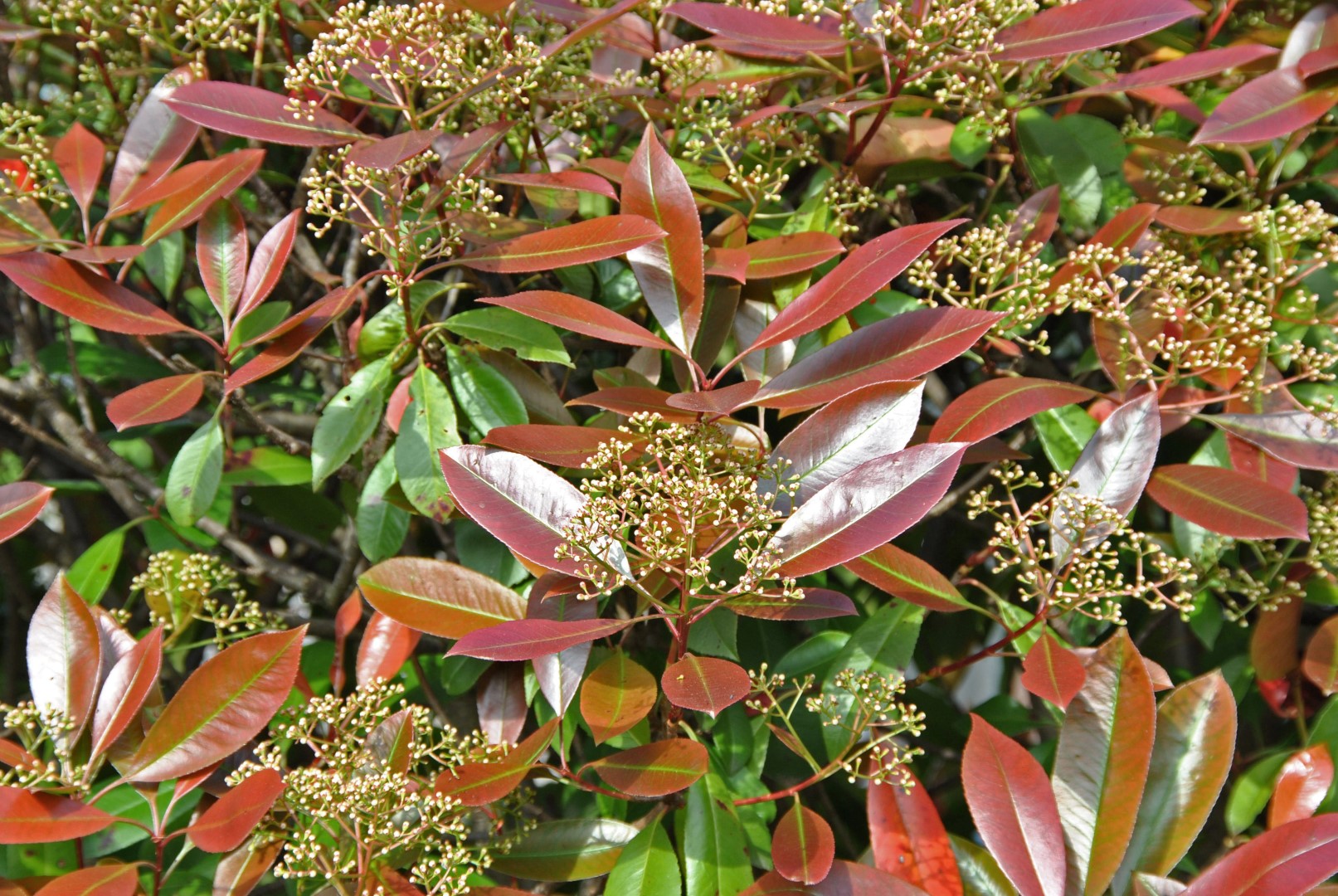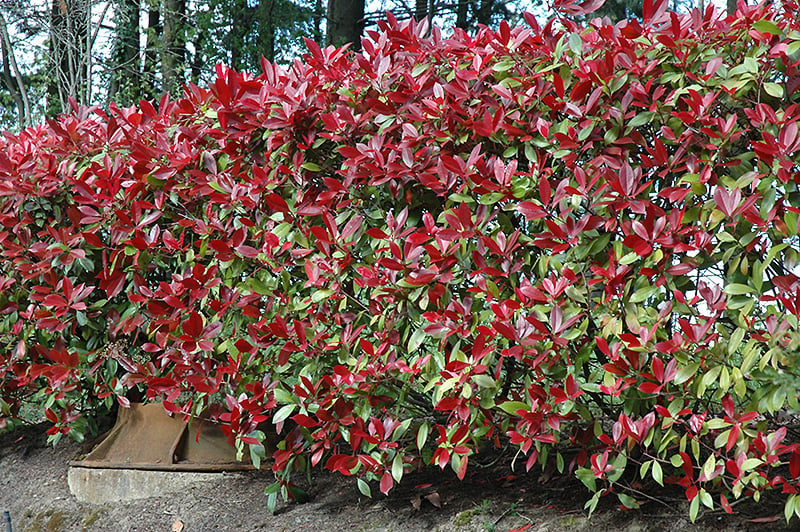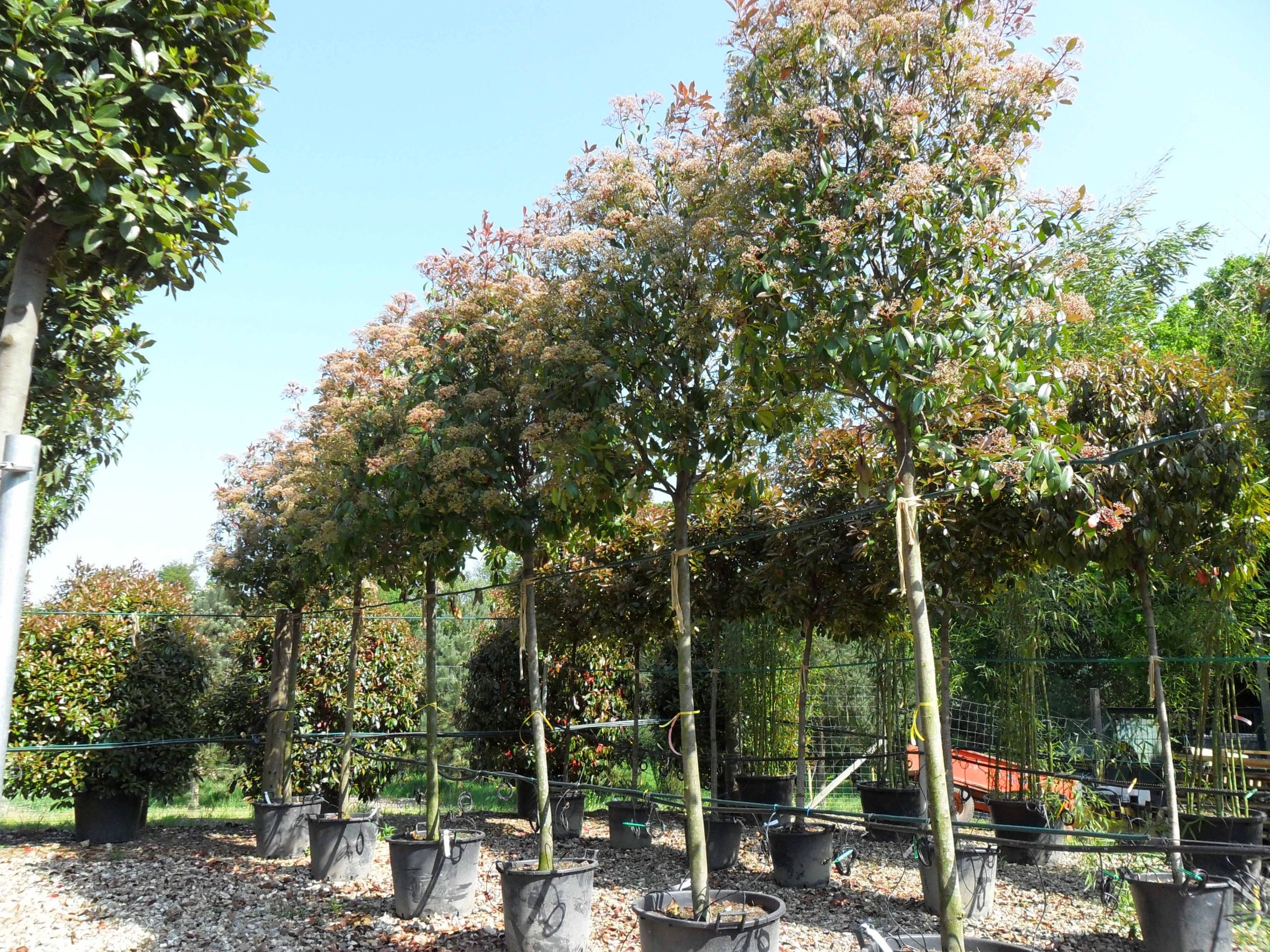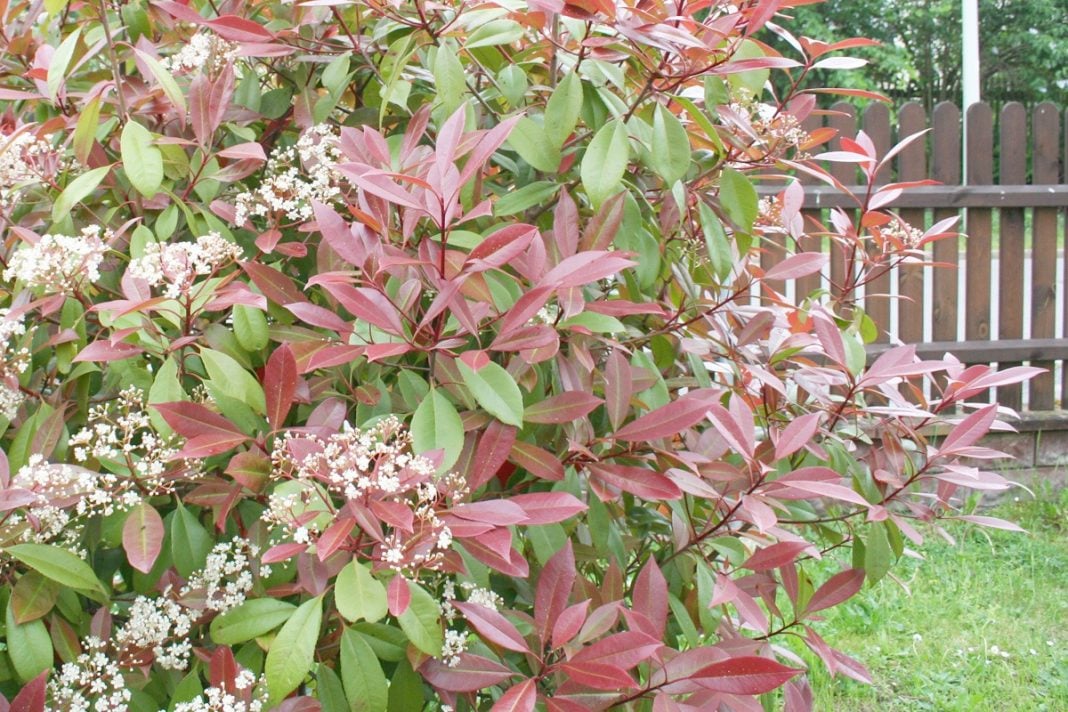Table of Contents
Every plant and shrub needs the essential nutrients and suitable soil pH levels to grow and develop, and Photinia Red Robin is no different. Red-robin evergreen shrubs also need fertilizers for growth and blooming. But the issue is what type of fertilizers are suitable for the Photinia Red Robin and how and when to use them.
No worries. We are here to help you understand more about the Photinia Red Robin Fertilizers, when to add fertilizers when to prune red robin plants, and much more. So keep reading if you want to know more about the fertilizers and pruning related to the red-robin evergreen shrub.
In this post, we have covered photinia red robin fertilizers to help you understand the maintenance of this shrub.
Importance of Fertilization

The prime role of fertilization is to ensure the supply of essential nutrients that are needed by a plant or scrub for its growth and development. Sufficient fertilization further helps the shrub Photinia Red Robin to grow healthily, enhancing the foilage and density of branches, helping to get the full spread and spun and to get the blooming.
Fertilizers are important to improve the nutrient quality in the soil, especially if the soil conditioning is very poor. This can be either tested in the lab or estimated with the help of other plants or shrubs grown in the nearby surrounding area. You can see the difference by comparing two individual Red Robin plants where one has grown without fertilization, and another one has gotten sufficient Fertilizers, provided with the same conditions.
So fertilization plays an important role in the growth and development of the Photinia Red Robin shrub to complete the lack of nutrients that are important for the Red Robin shrub for full development and blooming. Fertilizers enhance the growth speed and act like the catalyst to help your Red Robin shrubs grow and spread faster.
Essential Nutrients Needed for Photinia Red Robin

Every plant has its specific requirements when it comes to nutrients. Regarding the Photinia Red Robin shrubs, fertilizers are important, especially if the soil PH level is not from 4.5 to 7.5. The Red Robin shrub’s roots don’t go to the deeper level, so they will need fertilizers if the soil is not gloomy or acidic.
For the Photinia Red Robin shrub, essential nutrients are Nitrogen, Phosphorus, and potassium. If the plantation soil of Photinia Red robin is rich in these nutrients, you don’t need to add fertilization separately. But if you are serious about the growth and development of photinia Red Robin shrub, you should focus on adding fertilizers at least two times a year.
To ensure that the Red Robin plant gets sufficient fertilizers, sprinkle the holes around the ground base perimeter of the plant. Put the fertilizers in the minute quantity and backfill the holes with the sand. Sprinkle some water over the area so that the fertilizers can go under the soil and the roots can get nutrients from it. After a few minutes, don’t hesitate to give more water to the plant base and roots, as deep watering will help to absorb the nutrients properly from the fertilizers.
When you see the Red Robin plant growing, repeat the fertilization process after a few weeks for the proper growth and development of the Photinia Red Robin Plant.
When it comes to the suitable timing for fertilization, the beginning of the Spring season and the winter season are the suitable periods.
Fertilization Selection and Usage

To select the fertilizers for the photinia red Robin, there are various fertilizers, from organic to chemical compacted.
1. All-Purpose Fertilizer
The very first suitable option as a fertilizer for the Photinia Red Robin is the All-purpose Fertilizer. This fertilizer is rich in all the essential nutrients and meets the requirements of Nitrogen, Phosphorus, and potassium well. So instead of picking up specific nutrient-based fertilizers, you can add All-purpose fertilizers until and unless you don’t see the specific lack in growth and development of the Photinia Red Robin Plant.
2. Nitrogen Fertilizers
If your Photinia Red Robin plant is getting scattered and has fewer leaves that are less in density, Nitrogen-based fertilizers will be the suitable choice. Nitrogen-rich fertilizers help the Photinia Red Robin plant to form and grow leafy branches, making them denser and more suitable ornamental plants, especially for the hedges.
3. Phosphorus Fertilizers
If the Photinia Red Robin plant is smaller, it needs phosphorus more as compared to the other nutrients to expand its roots. A, so, if you think your Photinia Red Robin is growing as a more delicate shrub and want to increase its hardness, then pick up the fertilizers that are rich in Phosphorus Nutrients. The potassium-enriched fertilizers will help the Photinia Red Robin plant to increase its hardness. Potassium-rich fertilizers also help in blooming and fruits. And the best time to add these fertilizers is the last few days of the Summer Season.
Final Thoughts
If you are serious about the maintenance, nutrients, and fertilization addition of the Phoinia red robin plants, understand more about their fertilization and soil requirements, and you will get better development and blooming results.
This post showed you the Photinia Red Robin Fertilizers to help you better understand more about the requirements of the red Robin evergreen shrub if you are looking for more ways to add value to your home’s garden or flowering elegance, sign up and get our best strategies sent to your inbox.





